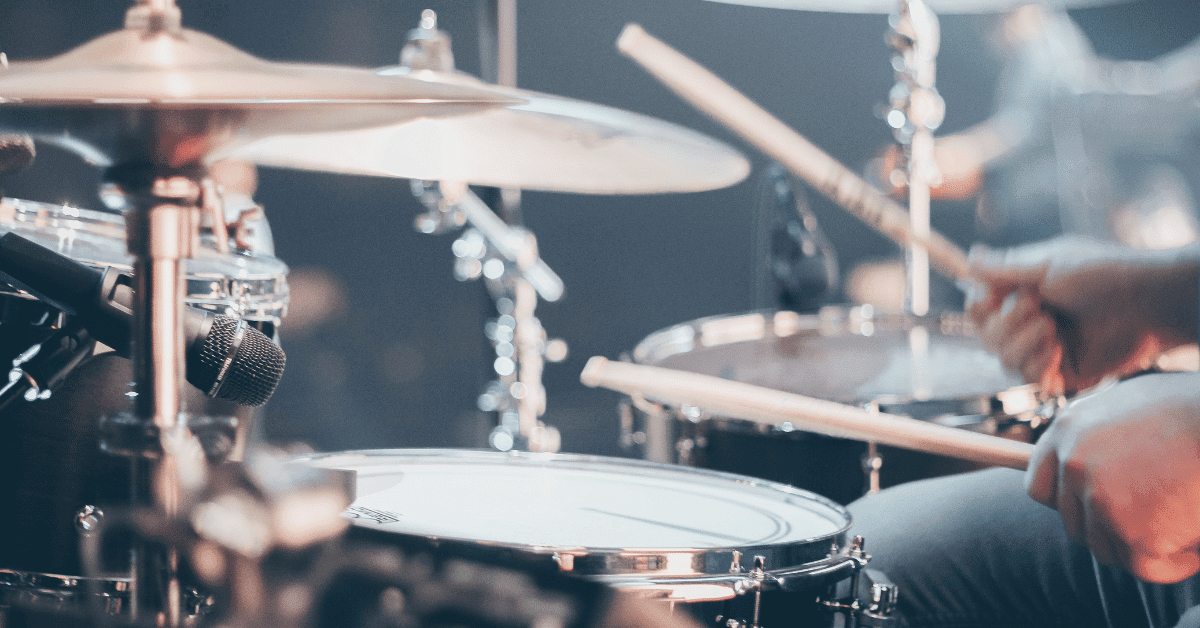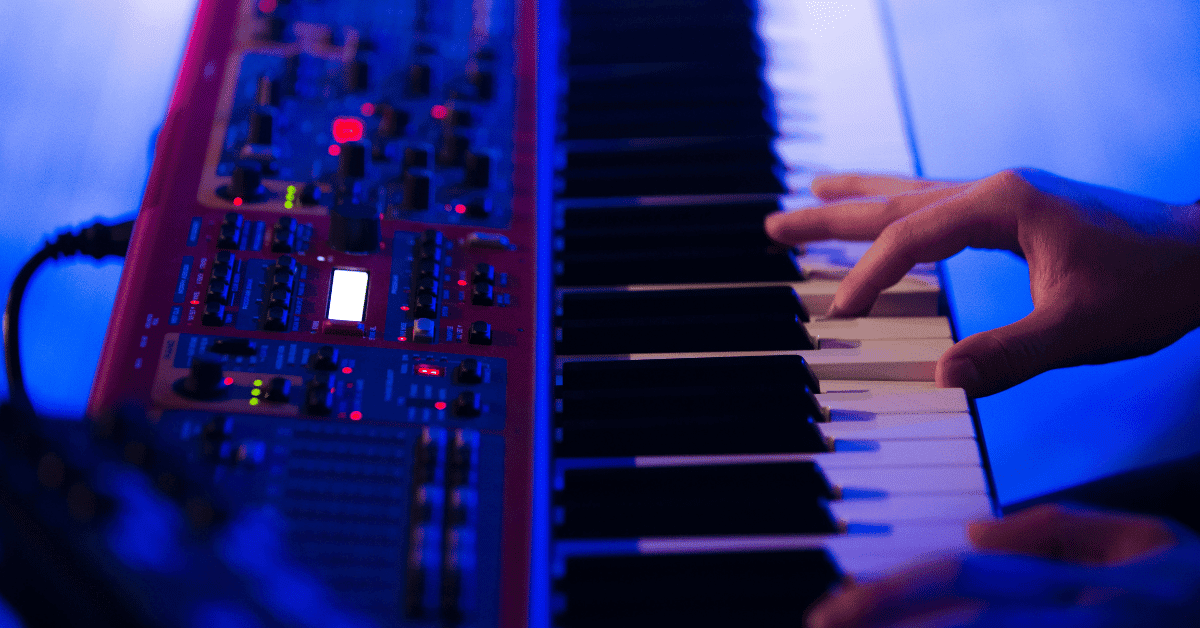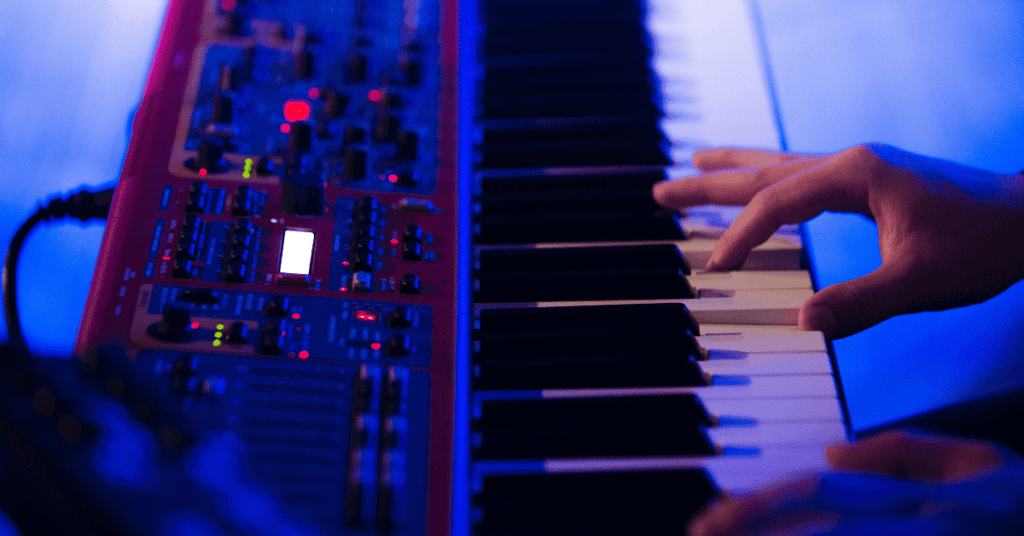Do you wish you had a better sounding and playing guitar?
Too many guitar players are not getting the best sound and playability out of their guitars. I know this from firsthand experience! For years I thought the way that the guitar shows up is the way that it will always play. But then I found out there were things that I could do to my guitar to get a better sounding and playing guitar.
This was all until I became friends with a guitar luthier.
He took a guitar I thought could not be improved in any way shape or form and made it play like the most incredible guitar I’ve ever touched. This activated an intrigue within me for making guitars play as great as possible. Fast forward to the past 12 months.
I’ve been on the road a little bit, guitar-teching for a few different bands.
That role is all about doing everything you can to constantly ensure every guitar the band uses is in tip top shape.
One of the bands I work for has a song in their set that makes it extra challenging to make this a reality.
Literally there’s a part in their set where they start slamming their guitars on the stage and rip the stings off each guitar. Chaos! (Honestly, it’s a pretty cool moment in relation to the rest of the set). As you can imagine, by the end of the song, the guitars are no longer in tiptop shape, to say the least.
Needless to say, guitar repair became a daily event & honestly it was super fun!
It forced me to learn a lot about the ins and outs of intonation, action, truss rods, pickup height, fret shaving, blah blah blah. I became obsessed with figuring out what made a guitar sound the absolute best it could and because of it, I landed on a few tips that every guitar player should follow.
NOTE: make sure you read the entire blog before you start making adjustments to your guitar. It’ll save you so much time and keep you from damaging your guitar.
Why every guitar player needs to have their guitar setup.
A lot of people have never heard of a guitar setup before, let alone ever had their guitar setup.
Like I said earlier in this blog, it was a long time into playing before I ever knew what the heck a setup actually was. I mentioned my guitar luthier friend earlier. The thing he did to my guitar to take it from where it was to a level 9000 was simply give it a basic setup.
A proper guitar setup achieves 3 things: Makes the guitar feel great, sound great, and play consistently – a better sounding and playing guitar!
To achieve this, there’s specific adjustments and an order of adjusting that you must follow.
- Step 1 – make sure the strings are at the right height.
- Step 2 – ensure every note up and down the fretboard remains in tune.
- Step 3 – adjust the pickups so the consistent and good feeling guitar sounds the best it possibly can.
How you approach each step is determined by the guitar you have.
To go in depth would make this article longer than anyone cares to read, so what I suggest is heading to YouTube and the good ole world wide web for the specifics of how to setup your particular guitar.
A proper setup is part art and part science.
Today I’m going to cover some bigger picture things to pay attention to so that you achieve the best possible results.
1. Pickup type & height is arguably the most important thing
I know there’s a lot of guitar players that are going to be like, “Dude! You don’t know what you’re talking about.” But I will state it plainly:
If you don’t have your pickup height set in the right place, your guitar will not sound as good as it possibly can.
The role of the pickup…
is to, as MasterClass states with such brevity, “convert the mechanical vibrations of metal strings into electrical signals”. If the string is too far away from the pickup, the tone will be thin. If the string is too close, the magnet inside the pickup will interfere with the vibration of the string and make it sound off.
All that nerdiness to say: You’re looking for the pickup height sweet spot.
There’s a sweet spot for your pickup height to be, in relation to your string where heaven and earth collide and the guitar sings like the angels we have heard on high.
The internet is filled with information on what pickup height is best for your exact guitar, so look around at what experts suggest for your specific guitar/pickups.
Now, there are a lot of steps to work through before you adjust the pickup height.
We’ll talk about what those things are a bit. But once you get to this portion of the setup, adjust your pickups to the suggested height. Plug in your guitar, play it, and listen to how it sounds. From there make minor adjustments up and down, while listening to figure out what sounds the best from there.
Different pickups have different sounds, so obviously the pickups inside your guitar definitely matter, but if they are not set at the right height, you’re literally settling for an inferior sound quality.
If you don’t believe me, watch this video on YouTube and get back to me…
2. String action determines the ease of playability
Now I started with talking about pickup height, because it affects the guitar’s tone quality more than anything else. (Again, if you think I sound crazy saying that, watch the video linked above.) BUT when it comes to making adjustments, pickup height is the last adjustment you should make.
You want to make sure the guitar itself is set correctly before you worry about adjusting the device that amplifies the vibrations coming from the strings (aka the pickups).
Every adjustment you make to the action or intonation affects the distance between the pickup and the string. Honestly you’re wasting a ton of time by adjusting the pickups first.
The first adjustments to your guitar you should make are at the truss rod and then the bridge & saddle height.
Getting these set right ensures that the distance between where the string rests when untouched & when it makes contact with the fretboard feels comfortable to the player. This is where things will begin to blow your mind!
With the right adjustments, difficult to play guitars can all of a sudden feel like butter and play with absolute ease.
It’s all too common for the strings to be set super high, making the guitar unnecessarily difficult to play. If it’s too low, you’ll get “fret buzz”. A lot of players like their actions set just above the fret buzz level and other players want the action set a few millimeters above that point.
Again, it’s all up to what feels best to you and allows you to play your best. Don’t get caught up in technicalities, set it at what feels right to you.
3. Confirm proper saddle placement so that your guitar stays in tune, up and down the entire fretboard.
Have you ever wanted to rip all the hair out of your head because your guitar’s tuning was inconsistent up and down the fretboard? That’s because your intonation is off! Honestly, this is the most common issue that causes people to have their guitars worked on, but hilariously it’s the easiest to fix (unless you’re an acoustic guitar).
How to make this adjustment is pretty simple
If the notes are getting flatter when you start playing higher notes, move that string’s saddle towards the headstock. If the pitch gets sharper when playing higher notes, move that string’s saddle further away from the headstock. You want the pitch to be consistent when you strum the string open and pressed down at the 12th fret.
Here’s an important thing to remember
The strings are putting pressure on the saddles. So if you have difficulty getting the saddles to slide up and down, detune the string and then adjust the saddle placement. Once I get the saddle set to where it seems like the notes on a string are consistently in tune up and down the fretboard, there’s one final thing I like to do.
The final thing to check
Detune that string a ton and then re-tune it back up. This ensures that the pressure your string was pushing down on the saddle wasn’t allowing the saddle to rest somewhere that it wasn’t truly locked in at. It’s a very little thing, but it’s helped me a ton with intonation accuracy.
Now I will say this, the work required to get better sounding and playing guitar can be quite scary.
I did a lot of study before I ever started making major adjustments. Honestly, I was freaked out big time the first 10 guitars I worked on.
So if this isn’t something you want to mess with, find a guitar luthier to give your guitar a setup.
Ideal rate for a quality guitar setup is between $75-150.
You can find people that’ll do it for cheaper, but what you want to keep in mind is you’re paying for someone’s expertise and experience. There might be another issue that pops up with your guitar and an experienced luthier will know what to do to fix it.
Someone that knows what they’re doing will know exactly what to do to get a better sounding and playing guitar.
And honestly, the difference of paying $50 more to get a better sounding and playing guitar vs a guitar that plays/sounds a little better is so worth it.
It’s like tattoos, sure you can find someone that’ll do it for cheap, but the last thing you want is to be stuck with something subpar all for a few bucks. I guarantee the kid who got the “No Ragrets” tat plastered across his chest would agree too.
These 3 steps will take some time to dial in, but the playability and sound quality has a potential for a huge increase.
So give it a try. Again if it’s something you don’t want to mess with, hire someone that knows what they’re doing. A quality setup will make the world of difference and in the end with give you a bettering sounding and playing guitar.
Check out these similar posts!
- Guitarists! Your Worship Guitar Reverb Pedal Settings Might be All Wrong
- Worship Guitar Tone Master Class VIDEO SERIES
- 4 Keys to Playing Guitar When There are Multiple Guitarists on Stage
- The Most Surprising Guitar Secret for Sounding Massive
- Are Tube Amps Officially a Waste of Money for Worship Guitarists?
- Everything You Need to Know About Flying with a Guitar
- Overdrive Pedals: Finding Your Tone






